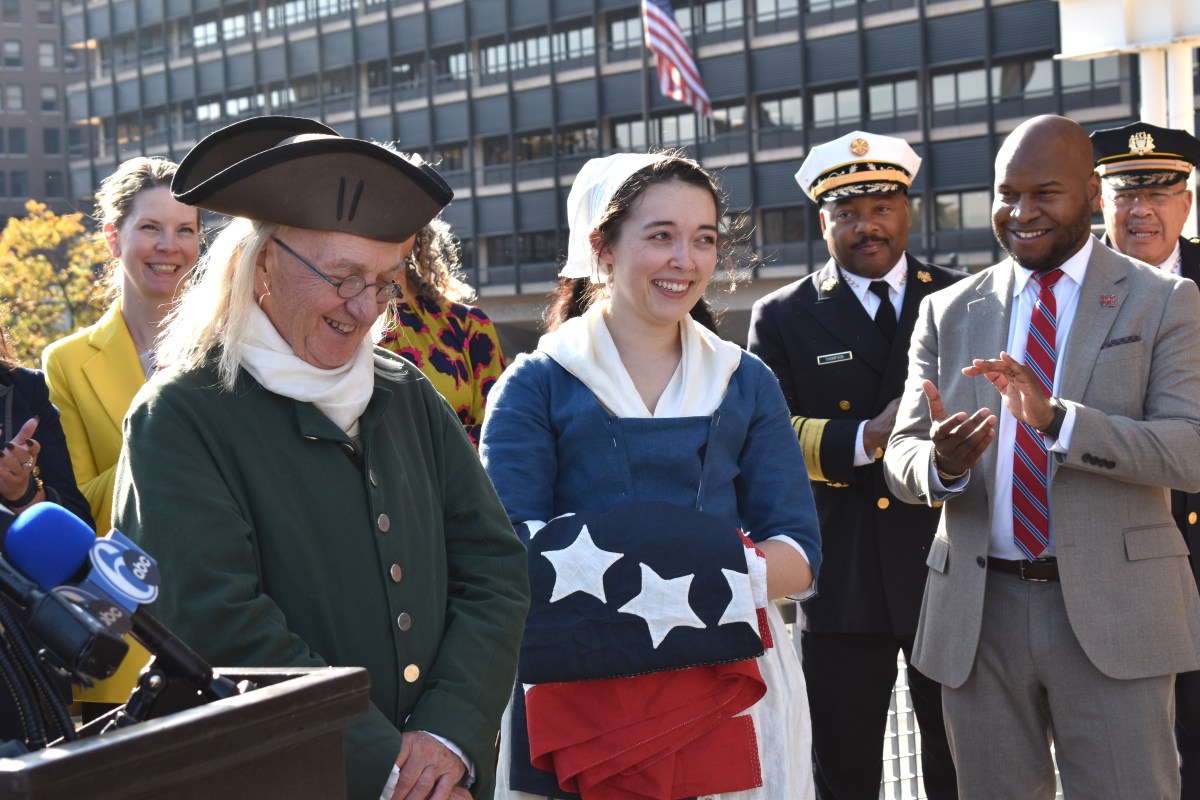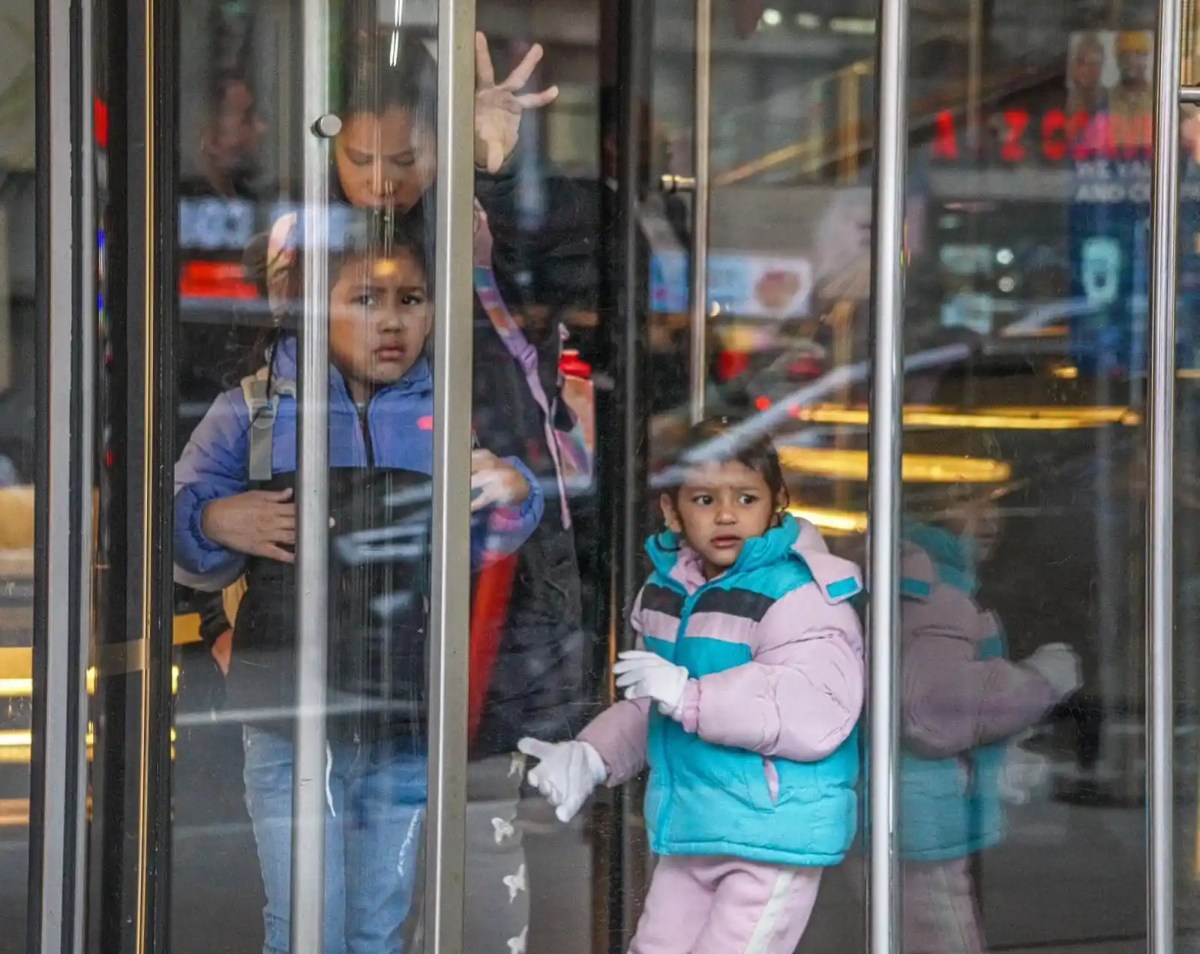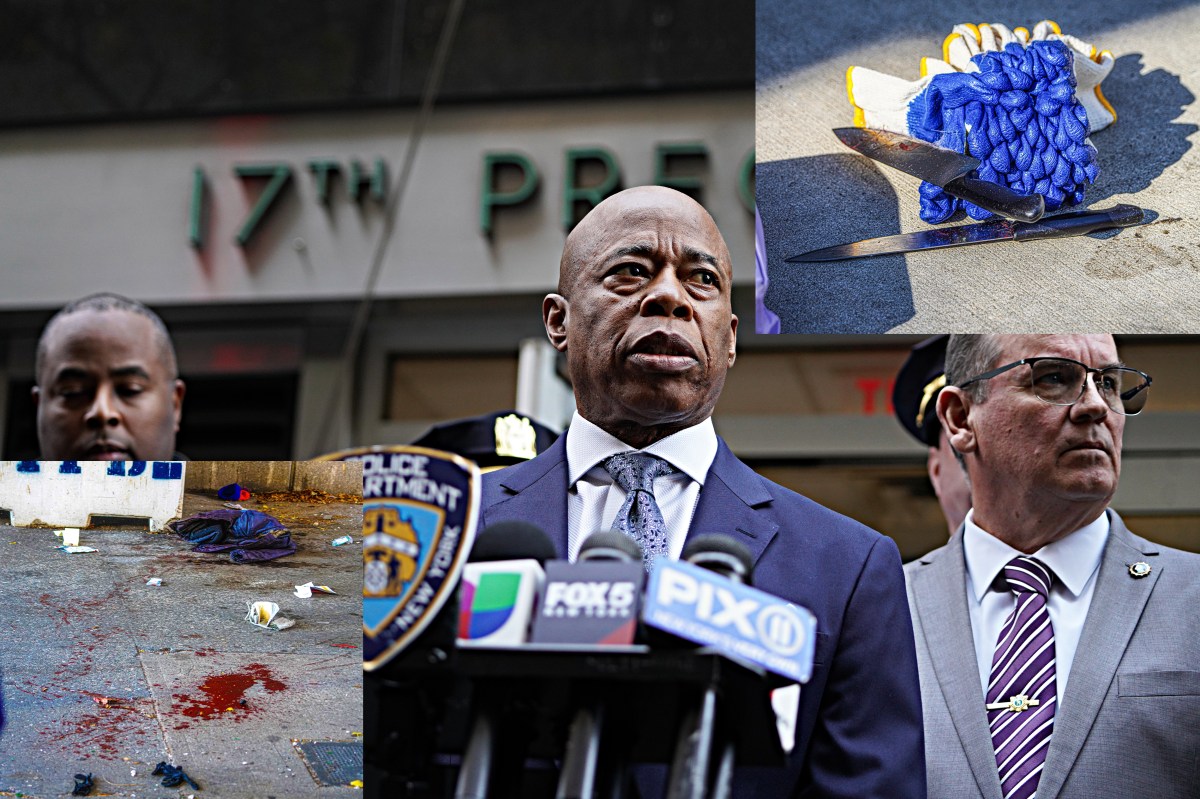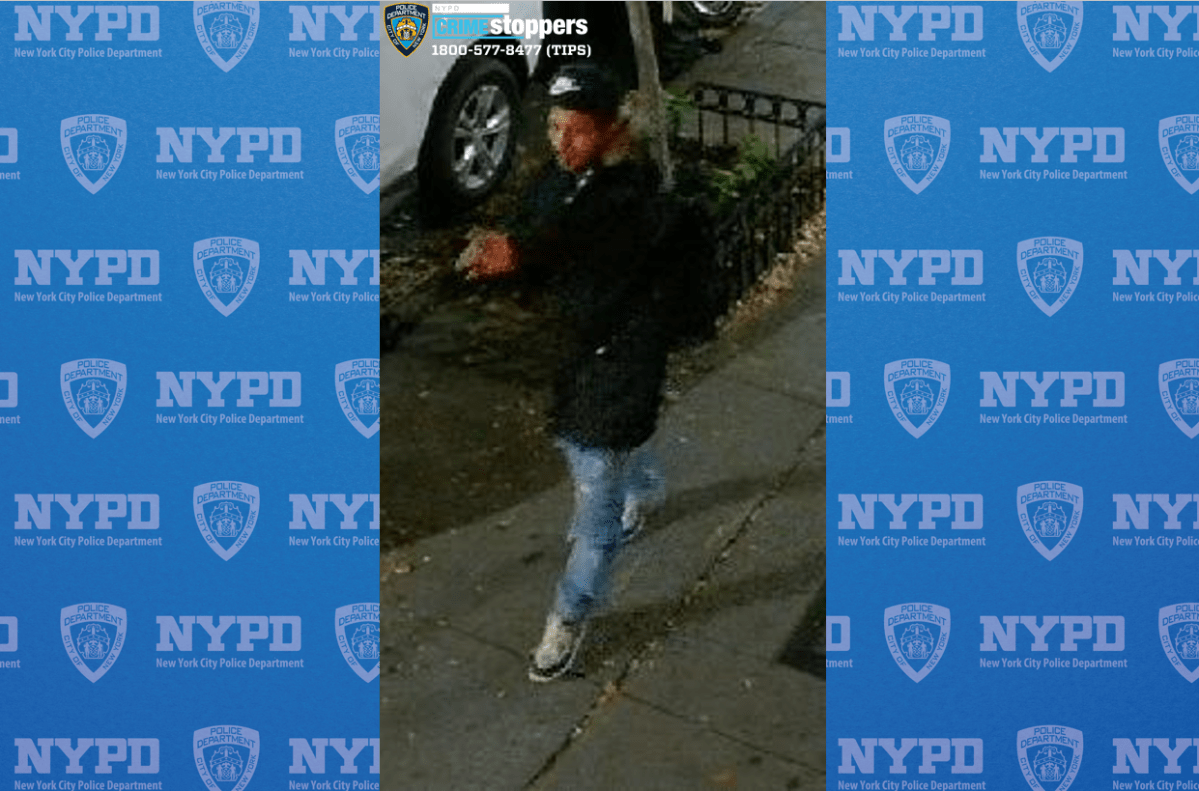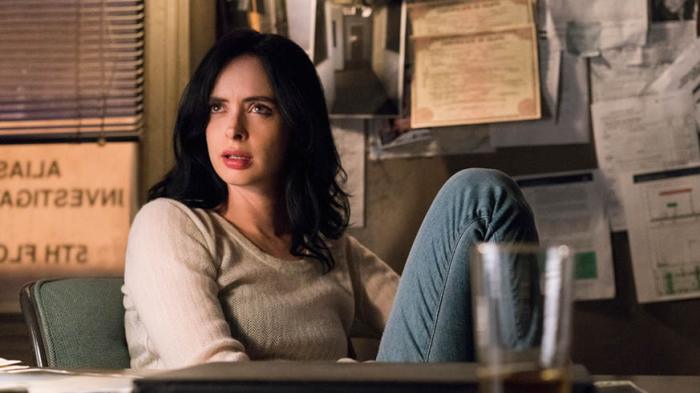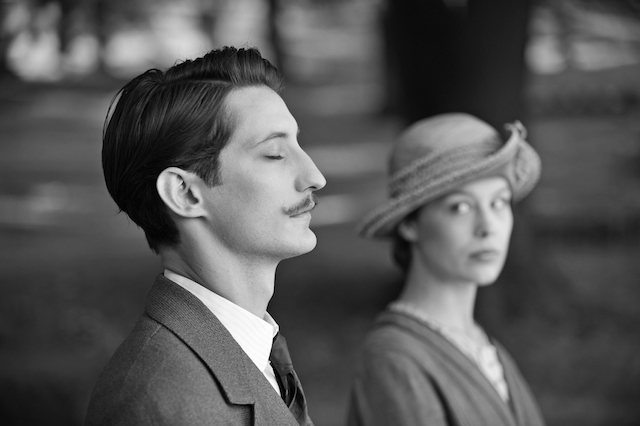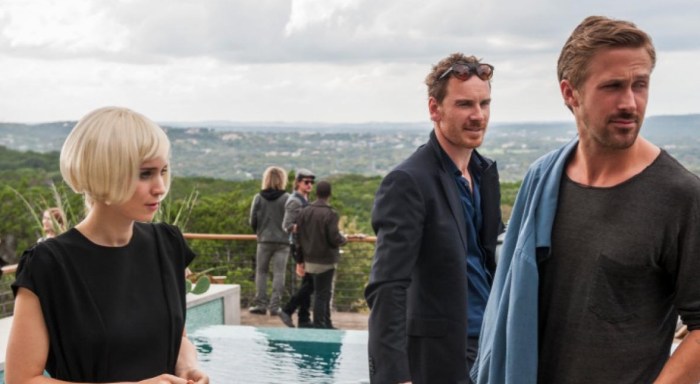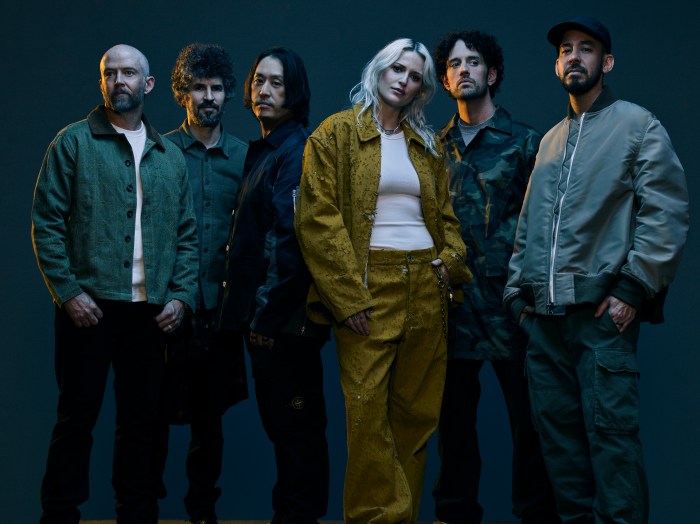Sid Haig spent much of the ’60s through the ’80s as a character actor, often playing slimy and swarthy types, most famously in Pam Grier movies like “The Big Bird Cage,” “Coffy” and “Foxy Brown.” In the 2000s all the filmmakers who spent their youths watching those movies came a-calling. Since then he’s a staple of neo-grindhouse cinema, most notably as the alternately goofy and murderous Captain Spaulding in Rob Zombie’s “House of 1000 Corpses” and “The Devil’s Rejects.” He’s only in the beginning of “Bone Tomahawk,” a brutal Western about a mission, led by a Sheriff played by Kurt Russell, to rescue people kidnapped by a savage indigenous tribe. But as always he leaves his mark. You’re only in the opening scene of “Bone Tomahawk,” but you immediately get the sense that the characters you and David Arquette play are like those characters in a Cormac McCarthy novel who are just scavenging about a wasteland, waiting to be forgotten by history. They’re on their own. They could never work for somebody. They couldn’t be cowboys in a cattle drive, because the foreman would do something then one of them would go off on them. They’re survivalists, when you come down to it. They do whatever they need to survive. If that means killing somebody and stealing all their stuff, oh well. That’s the kind of characters they are. This is strongly reminiscent of revisionist Westerns from the ’70s. Was director S. Craig Zahler talk about those films a lot with you?
Not really, and we didn’t have a lot of discussion about characterization. He waited to see what David and I were bringing to the table before he had anything to say. A lot of directors have a vision of what they expect the character to be and they just start talking right away without giving you a chance to bring what you have. Some directors do that, and some just trust the actors to do what they have to do.
Exactly. If you have enough confidence to hire someone to do the job, then just let them do the job.
RELATED: “Bone Tomahawk” is a Western both gory and boring (in a good way) I take it that was a quality of a lot of the directors you worked with frequently, like Jack Hill.
Absolutely. When we did “Spider Baby,” he just let us loose. He was watching to see what we were bringing out. Sometimes he’d bring us back a little bit. But that’s the director’s job, and he did it perfectly. This is a year with a fair amount of Westerns, and one of two with Kurt Russell, who’s also in “The Hateful Eight.” It seems like the genre’s making a quiet comeback.
Yes, and I hope that continues, because it’s a very rich part of our history, long as you don’t bring in all this CGI work. Don’t get me wrong: CGI has its place, it’s great. But in a Western you’ve got to be more realistic, almost tactile. It was once the great American genre, then it died. It did, and that happened because Westerns can become very expensive to do. Livestock alone — if you’re getting really trained horses to do a Western, they’re very expensive per day. Then you have to find locations that don’t have telephone lines and all that stuff. So now you’re in remote areas, cut off. If you notice [in “Bone Tomahawk”], there’s only four horses. That made it something that was affordable to do. And it enhanced the story because the horses get stolen. You became an actor towards the end of the classic Western era, and you mostly did them on TV, in shows like “Gunsmoke.” But even in the ’70s you were doing Westerns and semi-Westerns, like “Emperor of the North Pole,” which is about train-riding hobos but has the shape of a Western. It portrays the hobos of the ’30s as a more modern day Western type — doing what you have to do to survive, which is basically what Westerns are all about: survival.
That was also one of your films with Lee Marvin, along with “Point Blank.” He’s a very, very interesting figure.
He was just a great guy. We had a wrap party for “Point Blank” across the street from the studio, at a bar they just rented out for the night. He and I got together and had a few drinks. He said, “You know, you remind me of me when I started out.” I said, “What, in [one of his first movies]?” He looked at me like I was from Mars and said, “I only had one line in that film!” That brought a closeness and camaraderie to us. Years later we both signed up to do a Bob Hope Christmas special. Lee was a lot like me — I like to be early everywhere. So I showed up early and he was already there. We hadn’t seen each other in four years. He looks up from his magazine and says, “Hey, Sid, how you doing?” I was shocked he even remembered my name. He was just that gracious a person. At the same time he was a guy’s guy. He had so much fun. There’s a story, which I hope is not apocryphal, told in John Boorman’s memoir, that he once got so drunk he forgot where he lived and had to buy a star map to get home. In his defense he had just moved into a new house, so that’s not totally unlikely. At the “Point Blank” wrap party he and I got really drunk. Thank god I don’t go crazy like that anymore. I woke up in bed like, “How did I get here?” [Laughs] I understand what’s going on there. RELATED: “The Last Witch Hunter” is a crazy fever dream of weirdness Going back to movies like “Bone Tomahawk,” I get the sense that you’re sometimes cast by filmmakers because of your work back in the day.
In some cases yes. I’ll tell you a story of how I got cast in “House of 1000 Corpses.” I was at Rob Zombie and wife Shari’s wedding. At the reception I was talking to his brother. He said, “This is so weird.” I said, “What, the wedding?” He said, “No, talking to you.” On Saturday mornings he and Rob used to get up every morning and watch “Jason of Star Command,” which was a live action children’s show in space I was on. Then I kept popping up in all these films Rob watched. Rob’s brother told me he said, “If I ever get to be a director, I want that guy in it.” So he didn’t have to twist your arm.
No, he didn’t. But by that time I was gun shy, because I was once again typecast in one role or another. I’ve been typecast as different things five or six times. I had to restart my career five or six times. I’d do a job as an Arab, and then all I would get from then on were Arab roles. I would be in a Western, and all I would get were Westerns. And on and on and on, until I would restart. After “House of 1000 Corpses” there came lot of offers, some of which I turned down, because they were obviously ripoff films. But then some intrigued me. Reality strikes every now and then, and you have to take something you may or may not want to do. At the end of the day you have to pay your bills. That what this business is all about. It is sad that Captain Spaulding, your “House of 1000 Corpses” character, dies at the end of “The Devil’s Rejects.” He’s a rich, fun, albeit unspeakably evil, character.
There were people at the end of “The Devil’s Rejects” that actually cried. It was very effective. Rob wanted to use “Freebird”; he wanted to use the whole song. I said, “Are you crazy? That’s seven minutes long! What are you going to do for seven minutes?” He said, “That’s my job.” And nobody listens to “Freebird” the same way anymore. Those images just come to mind.
Sig Haig on ‘Bone Tomahawk,’ Rob Zombie and drinking with Lee Marvin
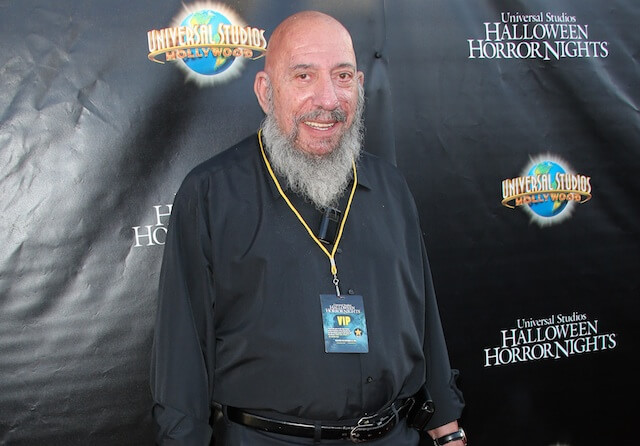
Getty Images
Follow Matt Prigge on Twitter @mattprigge












